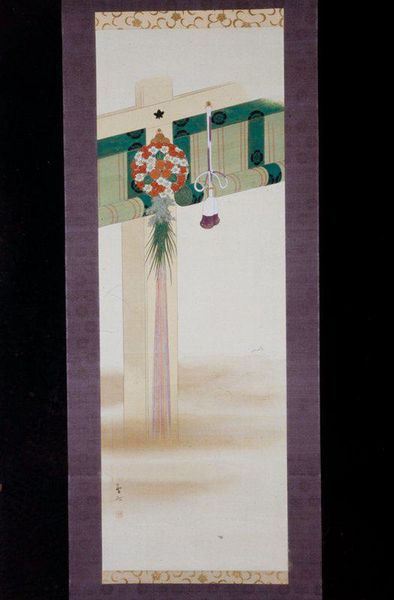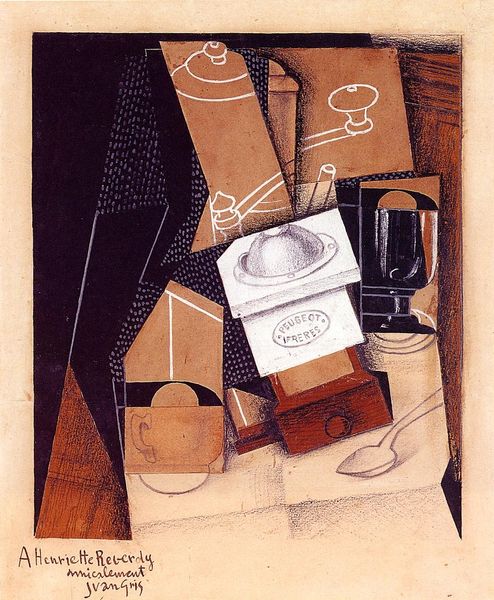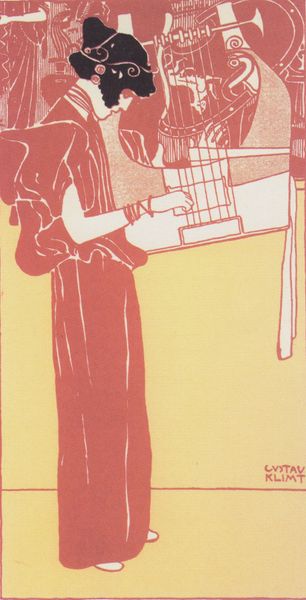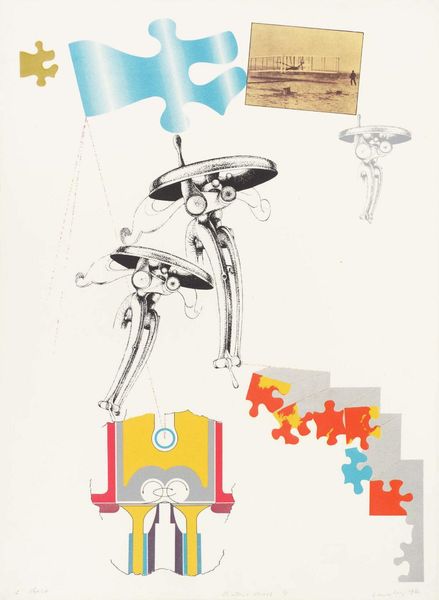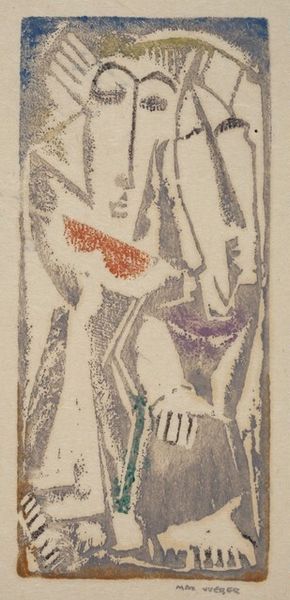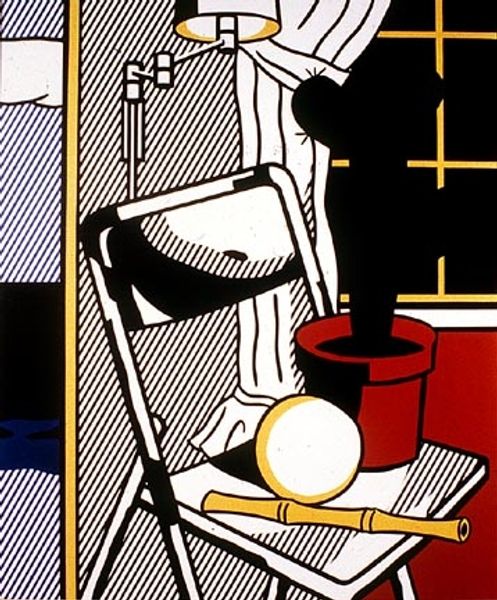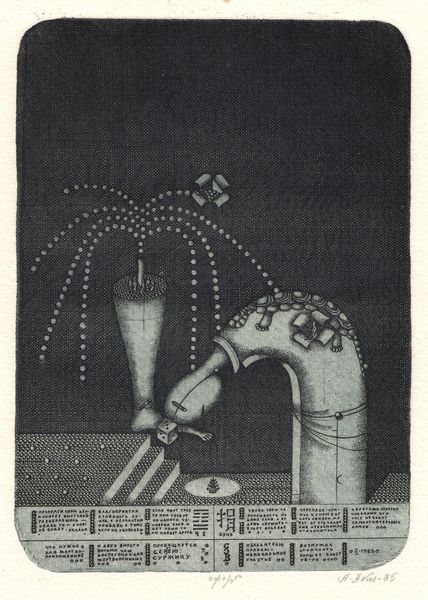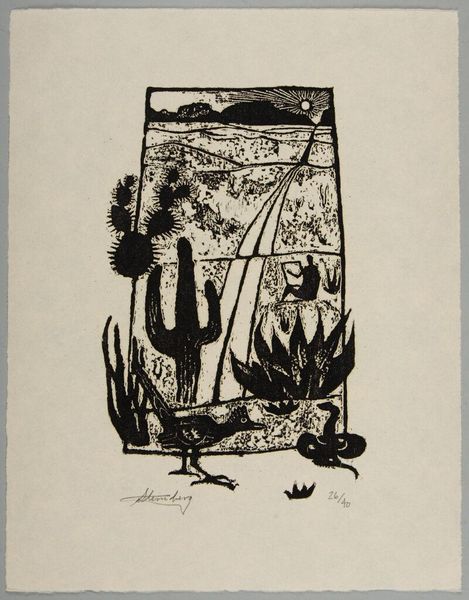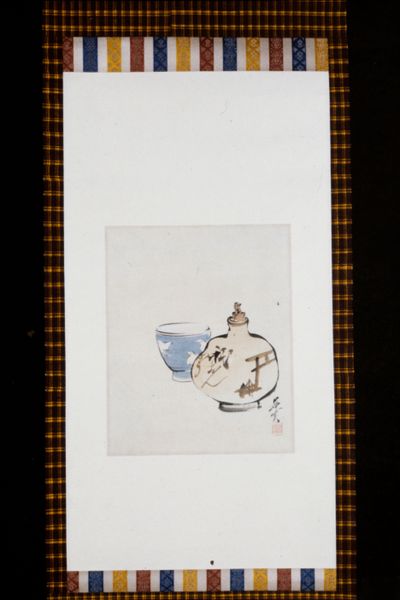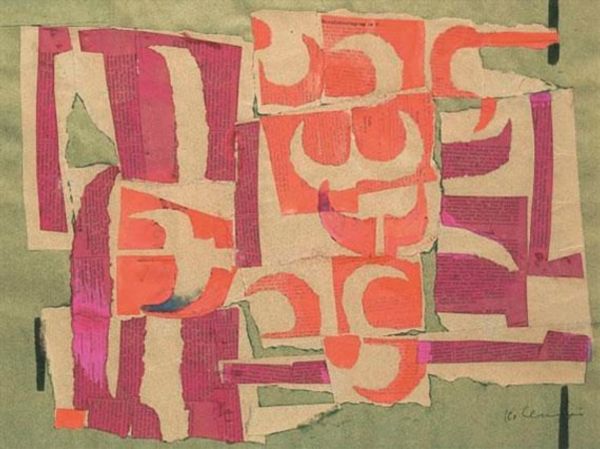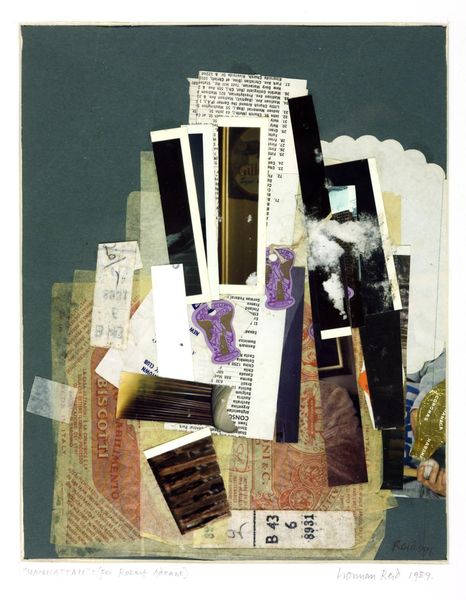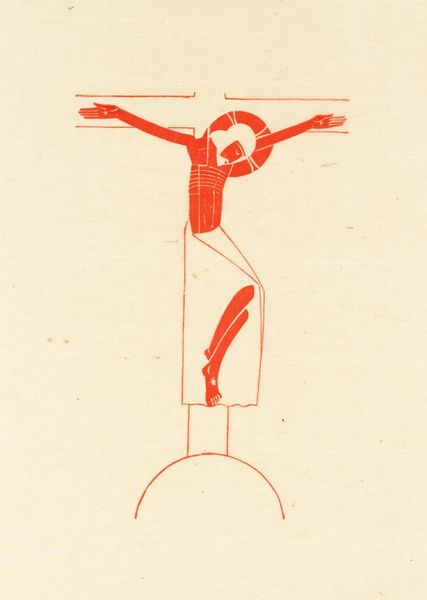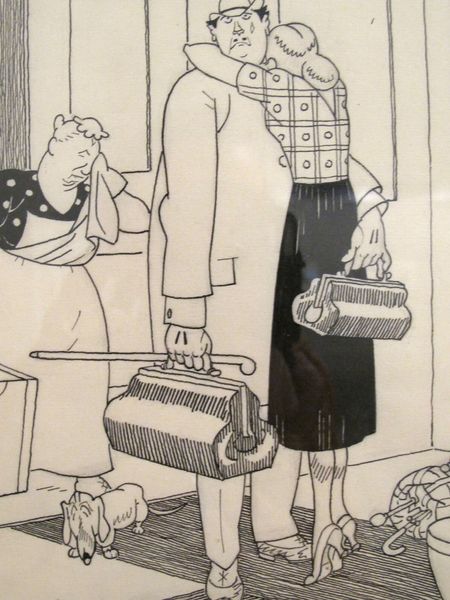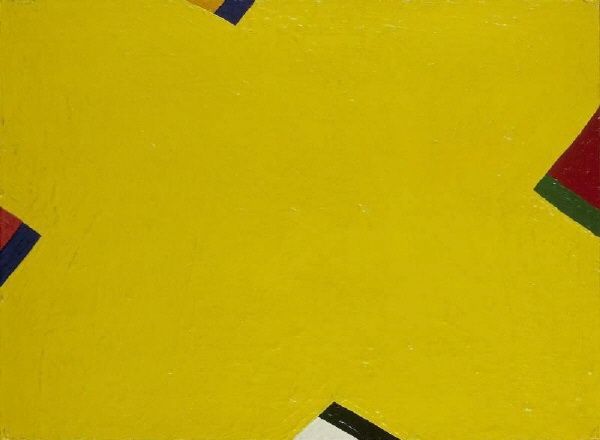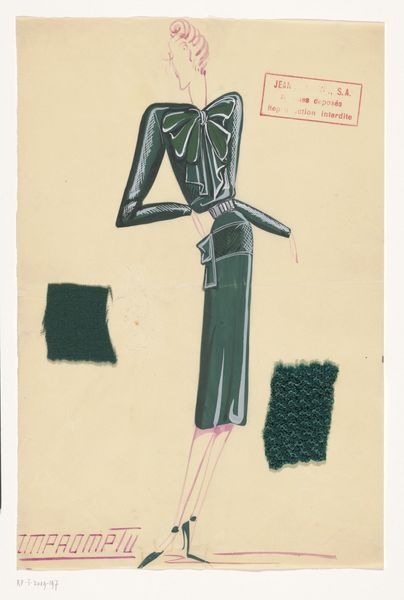
mixed-media, collage
#
mixed-media
#
collage
#
geometric
#
mixed media
#
futurism
Copyright: Public domain US
Editor: Here we have Carlo Carra's "Still Life with Syphon Soda Water" from 1914. It's quite a mixed-media collage, with recognizable objects like a glass and what appears to be a siphon. I'm intrigued by the newspaper clippings and various materials used. How do you read the combination of high art objects with what seem to be the remnants of everyday life in this piece? Curator: This piece is interesting from a materialist perspective because Carra uses commonplace materials like newspaper and commercially produced paper, blurring the lines between high art and the disposable elements of modern life. Consider the socio-economic context: the rise of mass media and consumer culture. How does Carra’s act of taking these materials and incorporating them into a fine art object, shift our understanding of its worth and use? Editor: So, the actual newspaper scraps aren't just a background. Their presence impacts how we understand the siphon as something made for consumption, not just observed? Curator: Exactly! It prompts us to think about the relationship between the handmade—or hand-arranged—and the mass-produced, highlighting the means of production itself. Are these scraps of text alluding to a broader public dialogue? What do the different textures and qualities of paper convey? Editor: That's a new way of approaching the piece. The text almost feels less like an abstract construction, and more like evidence of where the raw materials are extracted from. So even something that appears to be just an arrangement can also offer perspectives on material practices? Curator: Precisely! By attending to the specificities of its materials, Carra forces us to reconsider what constitutes ‘art’ and the complex social relationships embedded within these objects and processes. The collage medium becomes less a technique and more a statement on labor and consumerism in early 20th-century society. Editor: This has expanded my perception quite a bit. Seeing it as a construction commenting on material and process brings a lot more depth than just style.
Comments
No comments
Be the first to comment and join the conversation on the ultimate creative platform.
